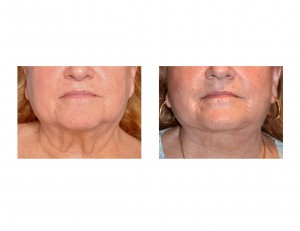Background: The concept of a facelift is one of the most recognizeable plastic surgery terms/procedures. It is such a pervasive term in the world of anti-aging treatments that the mere mention of its name evokes strong reactions, some positive and others very derogatory about it. But despite its familiarity and perceptions, it is one of the most misunderstood of all plastic surgery operations.
The biggest historic misconception about a facelift is that it is not a ‘hair to neck’ procedure. Rather it is more limited in scope to the lower half of the face and has its major effects to the neck and jawline. This is why some patients come in and ask for a ‘lower facelift’. They only want their neck wattle or sagging jowls improved, their eyes and cheeks are not important priorities at the moment.
While this historic facelift misunderstanding still persists, the present-day confusion revolves around the type of facelift being performed. Corporate marketing and the franchising of smaller facelift operations has led to the belief that major facial aging changes can be achieved with small procedures done under limited anesthesia that have a quick recovery. This has led to the perception and hope for many patients that there is an easy and inexpensive solution to their facial aging problems.
Case Study: This 68 year-old female wanted to change her tired aging appearance. Her husband died several years ago and she felt it was time to make improvements to herself to feel better. She was a thick-skinned individual with heavy tissues that had fallen over the past ten years to create large jowls and an obtuse neck with prominent platysmal bands. She initially wanted a ‘light’ necklift but, with proper education, realized that her facial aging problem required a ‘heavier’ more aggressive approach to justify the cost of the surgery.



Case Highlights:
1) Facelift surgery is a confusing term and implies a more drastic surgical undertaking than most people think.
2) Facelift surgery involves the lower part of the face, the jowl and neck, and does not disturb/change the upper facial area. (eyes, brow and often the cheeks)
3) Various types of facelifts have provide differing degrees of improvement in the elimination of jowls and the tightening of the neck. A ‘full’ facelift gives the most dramatic jowl and neck changes.
Dr. Barry Eppley
Indianapolis, Indiana


